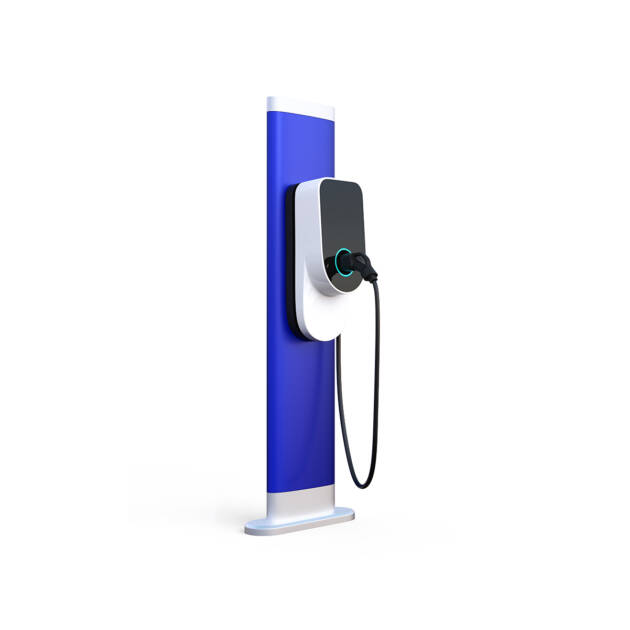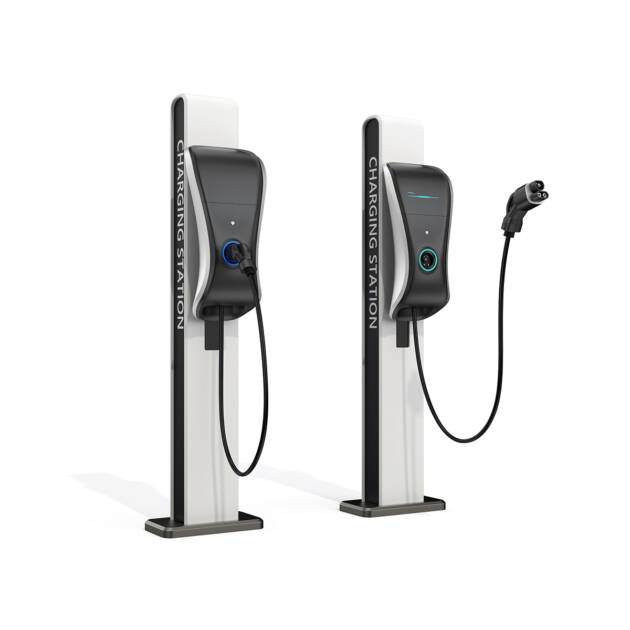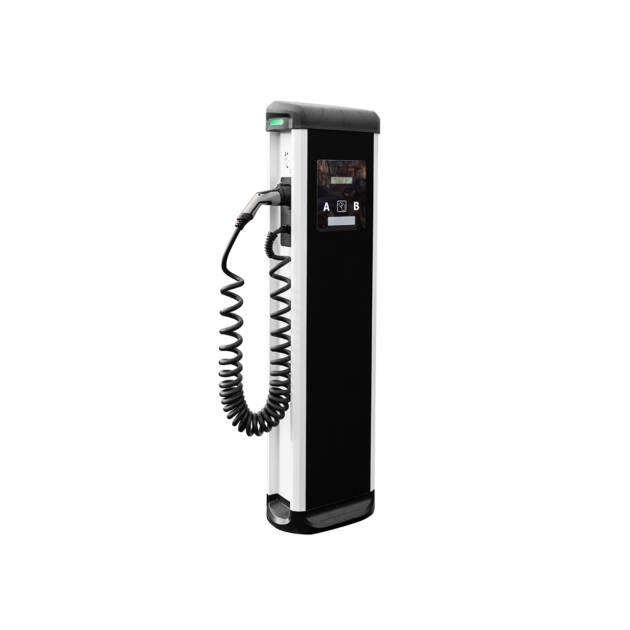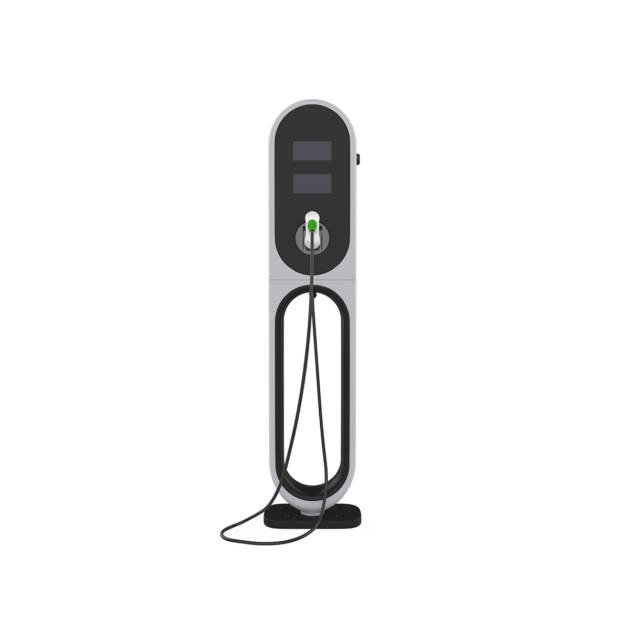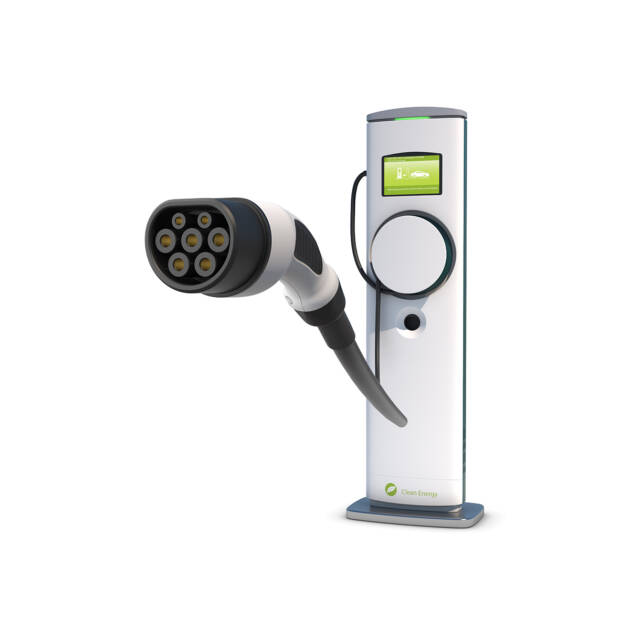Choose Your Way
of Charging
Charging Stations
We Develop & Create Smart Future
I Drive a Tesla, it is a great car with excellent performance, great range, and cutting-edge technology. I love the super cool features of my EV and my entertainment system just blows me away.
I would like to say that my EV has a descent driving range, especially when compared to traditional gasoline-powered vehicles. Also the range of EV’s will also increase and get even better in the very near future as new battery technology is being released.
I got a Tesla for my 18th Birthday and I absolutely love it. I get a little range anxiety every now and then when I forget to plug it in at night, but my parents also got me a portable battery charger, and that thing rocks!
I mean I get it, I’m young, a little careless, but I have no more range anxieties with this poratble car charger, it really is a game changer.
 Jane MorrisonNew York
Jane MorrisonNew York Carlos PhillipsBoston
Carlos PhillipsBoston David WalkerChicago
David WalkerChicagoPortable Chargers
Our Gallery
We Prioritize Safety
and Comfort
Is it safe to drive an EV in the rain?
The reality is that driving an EV in the rain is no more dangerous than driving a conventional vehicle. All batteries must be graded against an IP rating. IP (Ingress Protection) is a rating designed to assess the degree of protection provided by mechanical casings and electrical components against intrusion, dust, accidental contact, and water.
Can I charge an EV as fast as I can pump gas?
Very shortly you will be able to charge your EV in 6 minutes or less, granted certain conditions will have to be met, but it will be possible.
What is the typical range of an EV?
The range of an electric vehicle (EV) can vary widely depending on several factors, including the vehicle’s battery capacity, efficiency, driving conditions, and driving habits.
Short-Range EVs: Some entry-level or city-oriented electric vehicles offer ranges typically between 100 to 150 miles (160 to 240 kilometers) on a single charge.
Mid-Range EVs: Many mid-range electric vehicles offer ranges between 150 to 250 miles (240 to 400 kilometers) on a single charge.
Long-Range EVs: High-end or long-range electric vehicles often offer ranges of 250 miles (400 kilometers) or more on a single charge. Some long-range EVs can exceed 300 miles (480 kilometers) or even 400 miles (640 kilometers) on a single charge.
.
TAX INCENTIVES
There may also be tax credits available, depending on the electric car that you purchase. The United States government offers a one-time tax credit of up to $7500 to buyers of eligible electric cars and various states offer tax credits on select models, as well which lowers the effective cost of your purchase.
Can my EV catch on Fire?
EVs can catch on fire due to a variety of causes, including faulty wiring, short circuits, overheating and or overcharging of the battery or if the software that operates the battery is not designed correctly. In some cases, the fire may be caused by a malfunctioning charger or other external source. In other cases, the fire may be caused by a defect in the vehicle itself.
Are there Safer Battery Solutions?
Lithium-ion batteries are generally considered to be the safest type of battery cell. They are lightweight, have a high energy density, have a long lifespan and are relatively inexpensive. Beacause there is no risk of thermal runaway like in Li-ion chemistries LTO, LFM,

